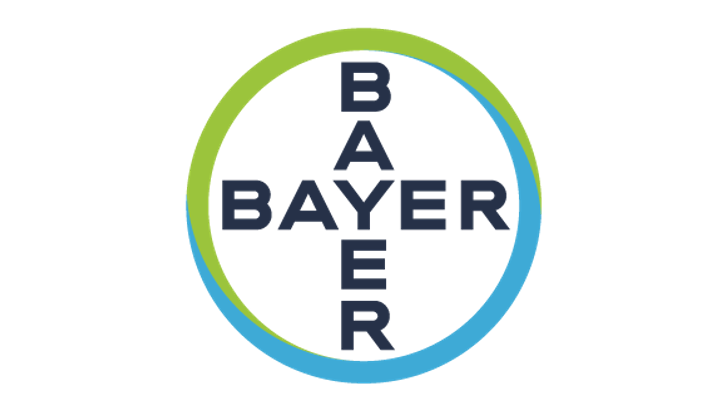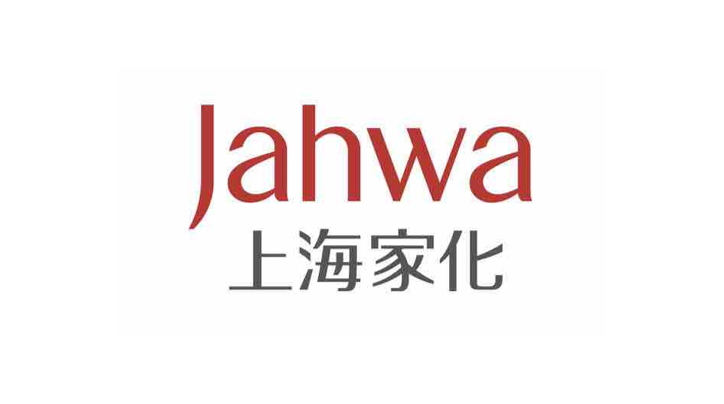"Competition in the 21st century is no longer between enterprises, but between supply chains."
— Economist Martin Christopher
01
Introduction:
From an industry perspective, various industries have different development cycles, industrial structures, and supply chain compositions. Consequently, the key areas, challenges, and entry points for supply chain digitization each possess unique characteristics. A tailored approach, addressing specific issues based on these differences, is a relatively suitable solution. The value of supply chain digitization lies in stimulating new vitality in various industries and achieving the remodeling and modernization of business models.
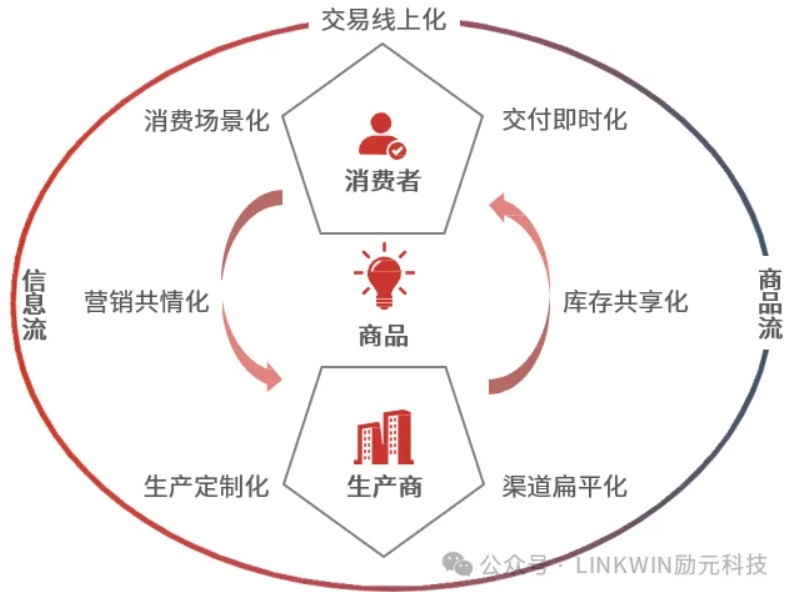
02
Digitization of Commodities Empowers Supply Chain AIoT
Throughout the entire supply chain operation, one of the common elements across the entire chain is the commodity. The commodity also serves as an information carrier throughout the entire system, and the digitization of commodities is the foundation for full-chain intelligence.
In the new business environment, the Internet and Internet of Things (IoT) have greatly enhanced the convenience of data acquisition, but they have also brought challenges:
⚫ With the deep integration of AI and IoT, AIoT has become a key direction for future technological development. Building a supply chain AIoT platform is one of the solutions to address the challenges faced by supply chains in the new situation and continuously optimize their development.
⚫ Efficient automated collection, connection, and sharing of data from all transaction nodes across the entire supply chain is the foundation of supply chain AIoT, as well as the basis for achieving value co-creation and full-chain win-win outcomes.
⚫ Building upon a commodity digitization platform is one of the most effective and direct means to achieve automated collection, connection, and sharing of business scenario data from various transaction nodes; it is also the most crucial digital and intelligent infrastructure for brand owners.
03
Value Co-creation and Full-chain Win-win Outcomes
From the producer to the end consumer, products traverse various distribution channels, potentially encompassing traditional offline distribution channels as well as online channels. The construction of these channels involves long cycles, complex processes, and extremely high costs. Furthermore, there are significant differences among various channels. How to integrate these channels and achieve real-time information exchange is a prerequisite for building an agile supply chain.
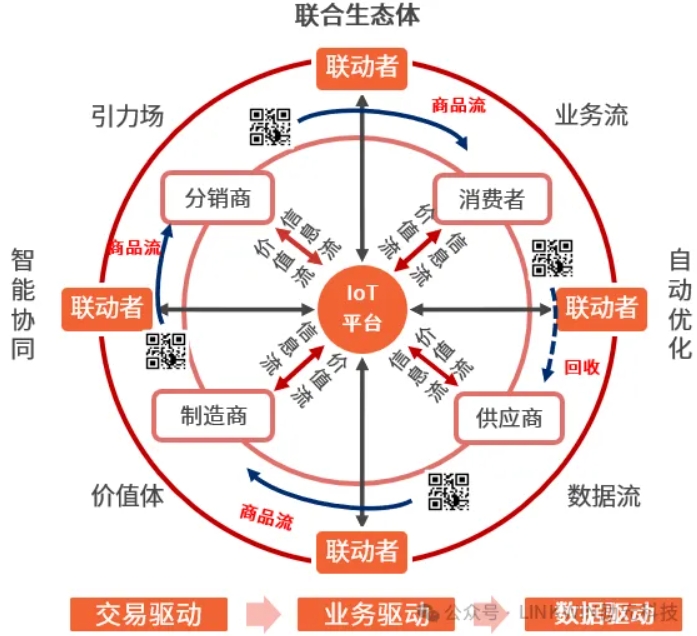
⚫ "Value" refers to the value for end consumers; the ideal state of value co-creation is to satisfy all individual needs of consumers. Value co-creation progresses through three stages: transaction-driven, business-driven, and data-driven.
⚫ By reconstructing the entire business chain based on the internet, automatically collecting and sharing data from all transaction nodes across the entire supply chain through digitalized commodities and IoT technology, and integrating relevant systems throughout the supply chain ecosystem, we can establish and form a full-chain connection and collaboration based on a commodity digitization platform, thereby achieving value co-creation.
⚫ With AI support, a supply chain AIoT platform is established; the commodity digitization IoT digital and intelligent infrastructure platform empowers AIoT, forming a data-driven, self-organizing, and self-circulating full-chain joint ecosystem that realizes value co-creation and sharing, thereby achieving full-chain win-win outcomes.
After the products reach end consumers through various channels, the challenge lies in how to collect data, accurately identify consumer groups, analyze market demands, and utilize digital methods to store, transmit, aggregate, and analyze full-chain information within the supply chain, thereby achieving a closed-loop information system.
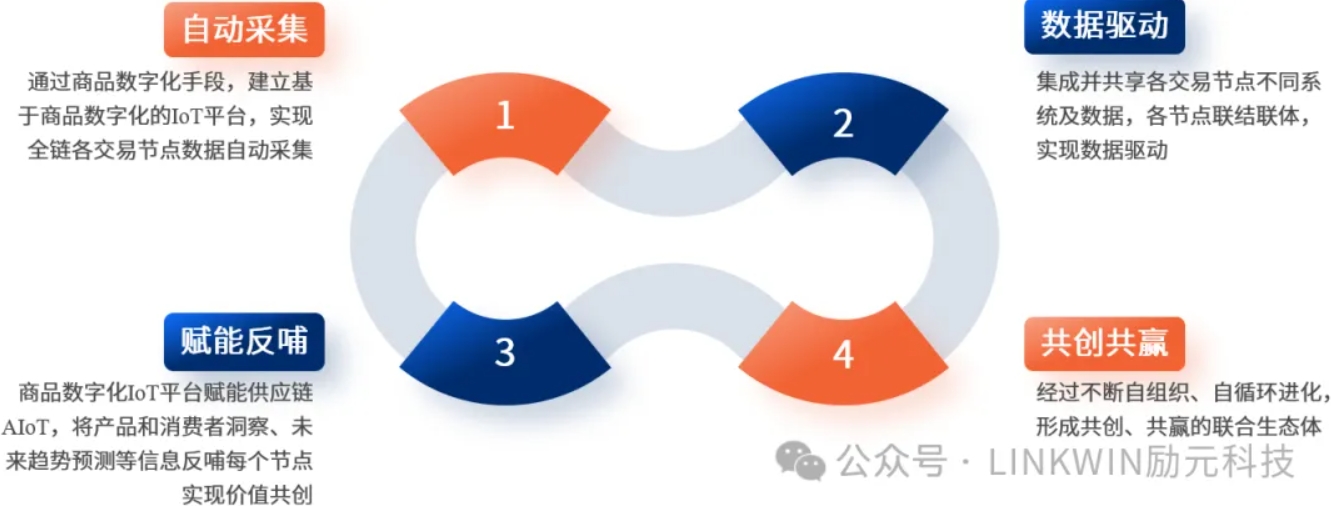
04
The Importance of Deepening the Digitization of the Supply Chain
✔ Enhancing Efficiency: A digital supply chain optimizes resource allocation through real-time data monitoring and analysis, reducing redundant processes and improving overall operational efficiency. This enables enterprises to respond more quickly to market changes, ensure timely product delivery, and enhance customer satisfaction.
✔ Increasing Transparency: A commodity digitization platform facilitates information sharing across all links in the supply chain, enhancing transparency throughout the entire product lifecycle. This ensures product safety and reliability, thereby increasing consumer trust in the brand.
✔ Promoting Collaboration: The application of AIoT technology enables seamless collaboration among all participants in the supply chain. Through intelligent data analysis and forecasting, enterprises can scientifically coordinate production, logistics, and sales, forming a unified force to jointly address market challenges.
05
Practical Significance of Value Co-creation
✔ Innovating Business Models: Through data-driven approaches, enterprises can explore emerging models such as personalized customization and on-demand production to meet consumers' diverse needs, thereby achieving a win-win situation.
✔ Promoting Sustainable Development: Optimizing resource utilization and reducing waste help enterprises reduce costs and demonstrate their social responsibility through ESG (Environmental, Social, and Governance) initiatives.
✔ Enhancing Competitive Advantage: By effectively integrating supply chain resources and leveraging advanced technologies, enterprises can improve supply chain efficiency and increase market share.
06
Future Vision of Full-chain Win-win Outcomes
▫ By assigning digital identities to commodities, we can achieve real-time digital linkage throughout the entire commodity circulation process. This will be supported by a digital commodity management platform that relies on data, uses digital technology as the linkage, and covers functionalities such as digital production lines, digital supply chains, and digital marketing.
▫ The future supply chain will be highly resilient, flexible, and environmentally friendly. Through the deep integration of commodity digitization platforms and AIoT, we can jointly create an upgraded industrial ecosystem.








